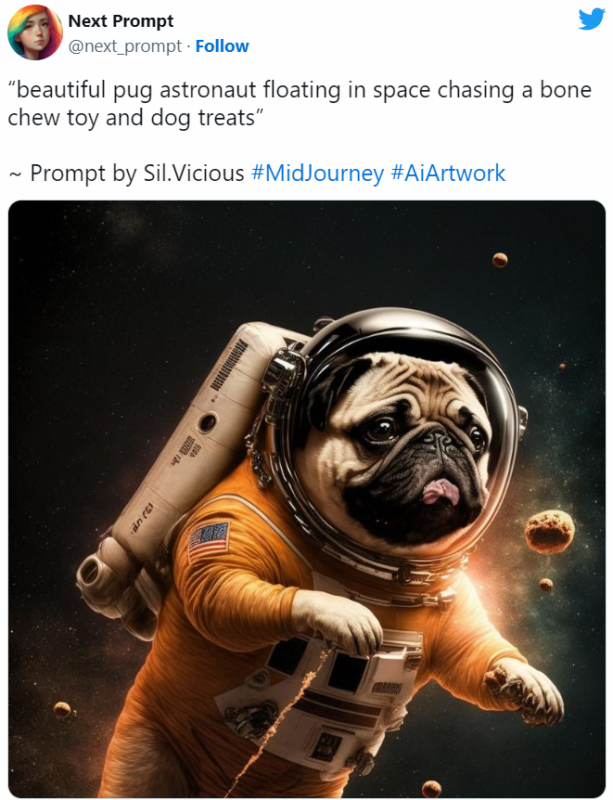Ageism, sexism, classism and more: 7 examples of bias in AI-generated images
A slew of new tools make it possible to quickly create incredible images using a few descriptive words, thanks to generative AI. But as RMIT’s T.J. Thomson and University of Missouri-Columbia’s Ryan J. Thomas point out, those pictures can mimic humans’ biases and deepen inequalities.
If you’ve been online much recently, chances are you’ve seen some of the fantastical imagery created by text-to-image generators such as Midjourney and DALL-E 2. This includes everything from the naturalistic (think a soccer player’s headshot) to the surreal (think a dog in space).

Creating images using AI generators has never been simpler. At the same time, however, these outputs can reproduce biases and deepen inequalities, as our latest research shows.


So basically the training data set is LinkedIn profile pics?